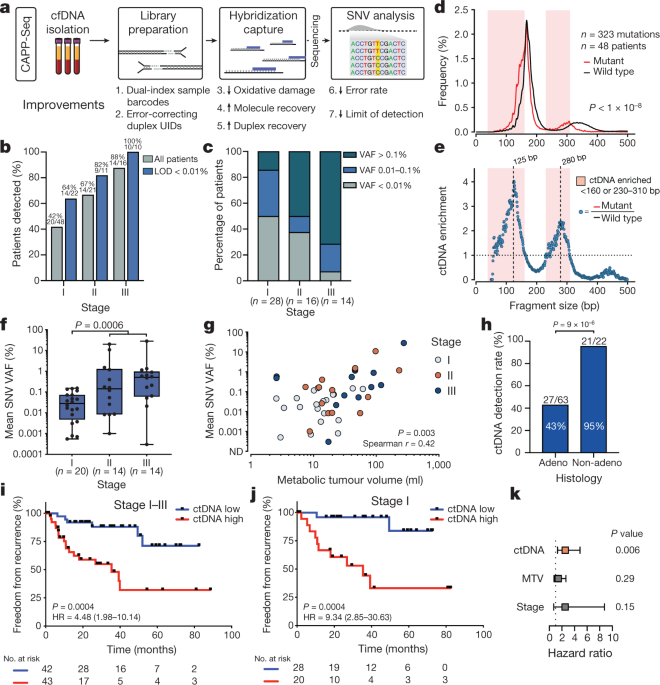View attachment 334757
This is basically a WIN-WIN. Hit it.
Let's be serious now... I have treated a few such nodules. Sometimes in patients with prior metastatic disease to the lung (mainly CRC), who didn't want to undergo further thoracic surgery. Sometimes in patients that were quite old or had a relevant contraindication to attempt "risky" biopsy (lots of emphysema, post-contralateral-pneumonectomy, pulmonary hypertonia). It will always leave you with the question mark "What did I actually do there?", but bearing in mind the very low rate of complications post-SBRT, I feel fine doing it.
You may hear about the argument at the tumor board "But what about the loss of pulmonary function? SBRT will lead to focal fibrosis, when you are perhaps treating a benign leasion?". I always say more or less the same "Cutting out that segment with VATS to prove if the nodule is malignant or not will not improve pulmonary function either".
There are some of these "too risky to perform biopsy" nodules where you will find LOTS of emphysema and a PET-positive spot somewhere in that bullous emphysema. These patients may benefit from cutting out some of that emphysema (and the nodule) in terms of an LVRS (lung volume reduction surgery), so these patients should undergo VATS, if possible. Done wisely, they can achieve 3 goals with one procedure: better lung function, diagnosis and treratment. A SPECT-CT is generally indicated in these patients to quantify the function of the lung parenchyma around the lesion.


